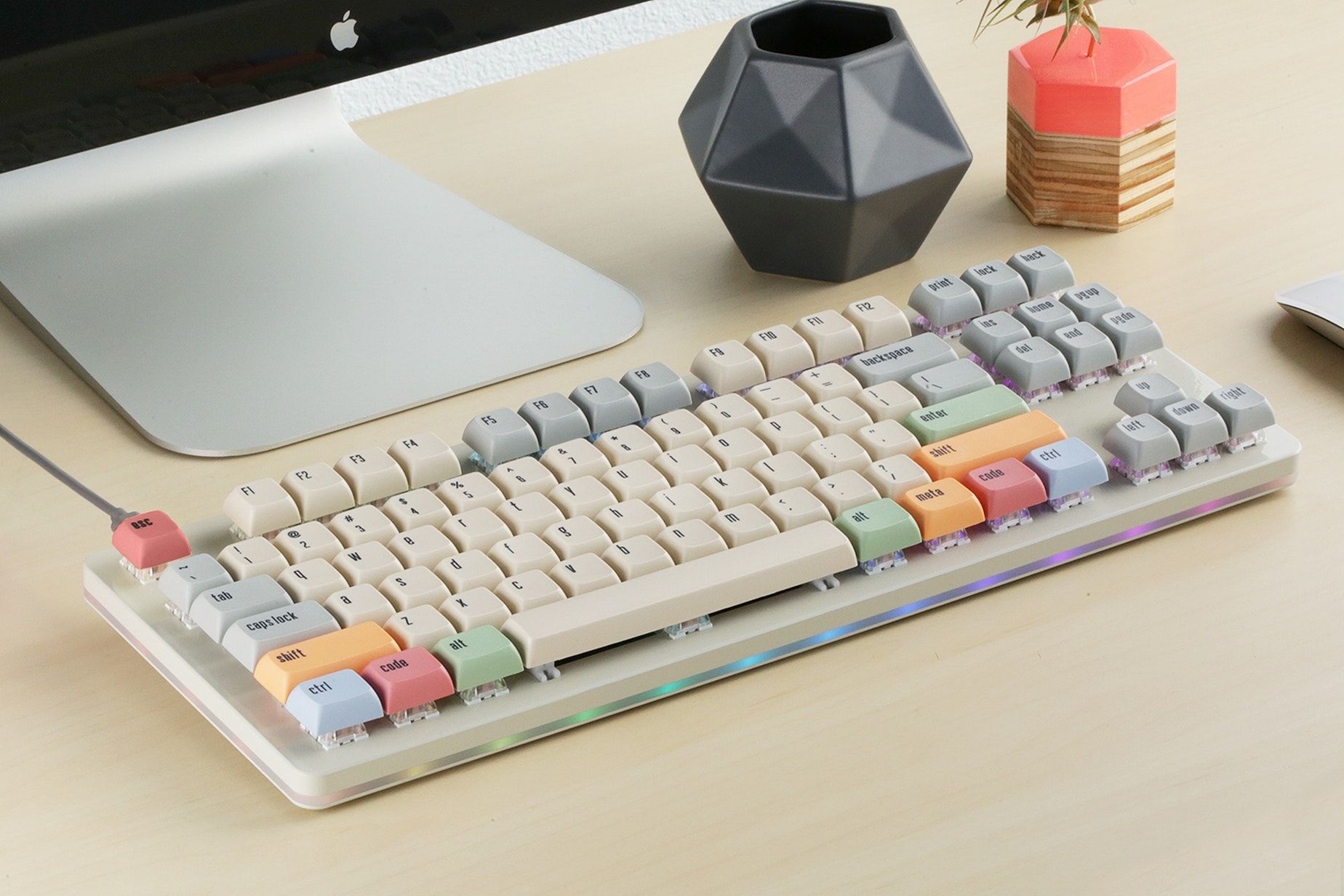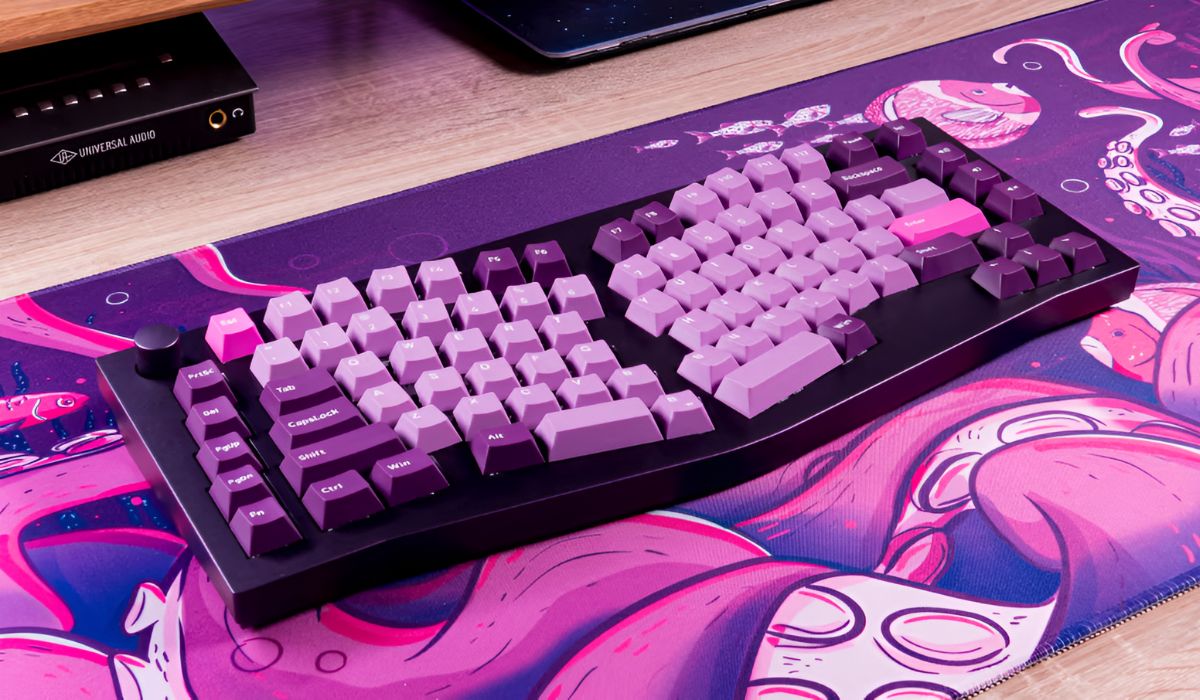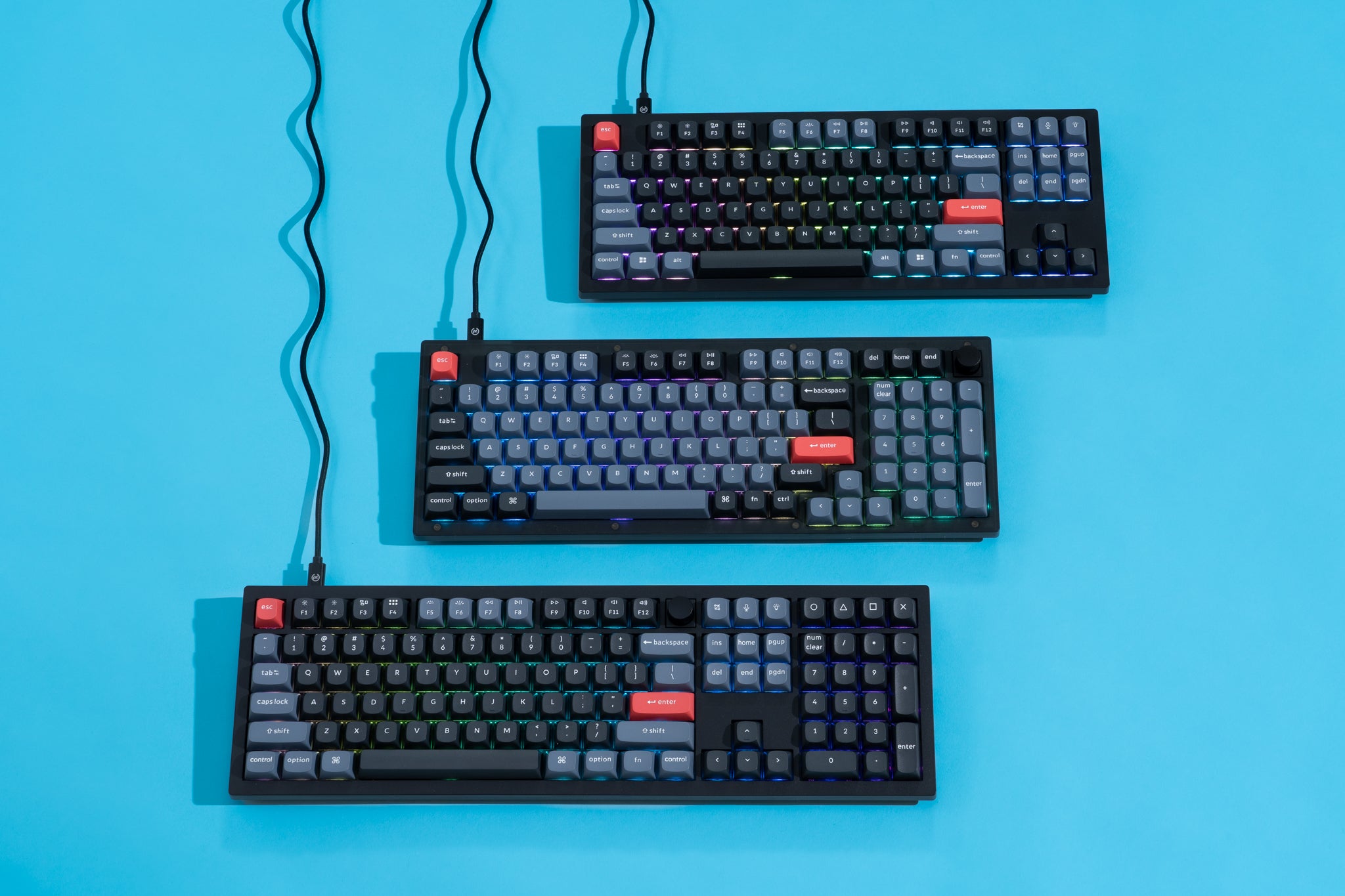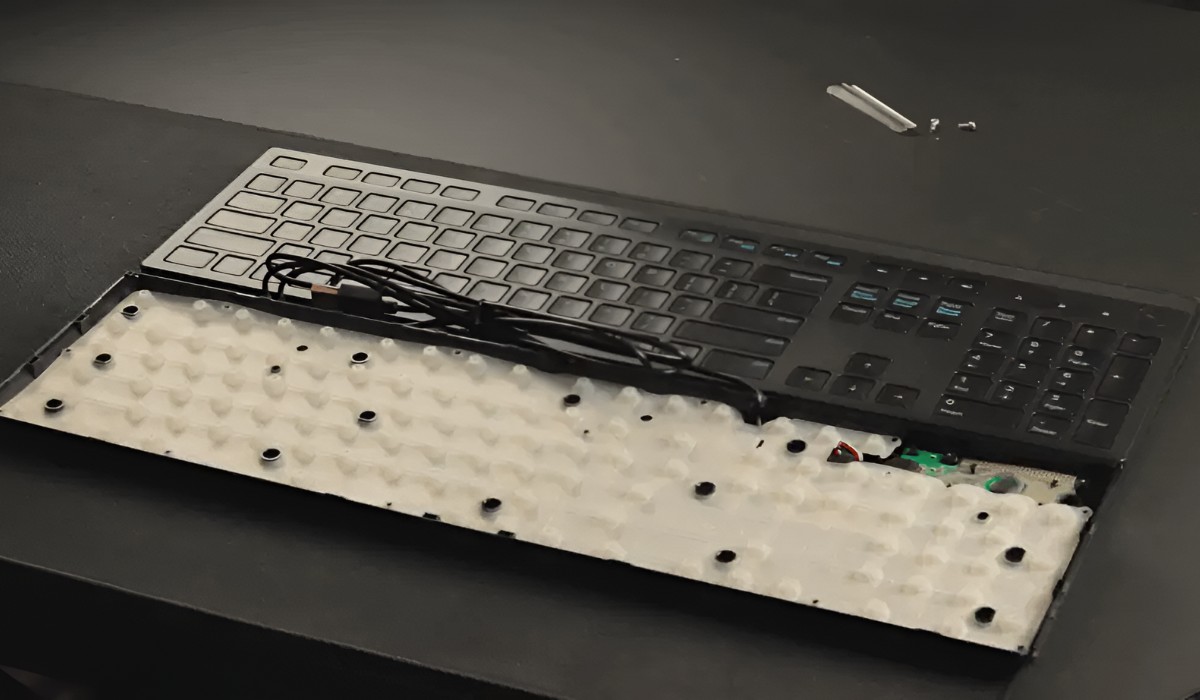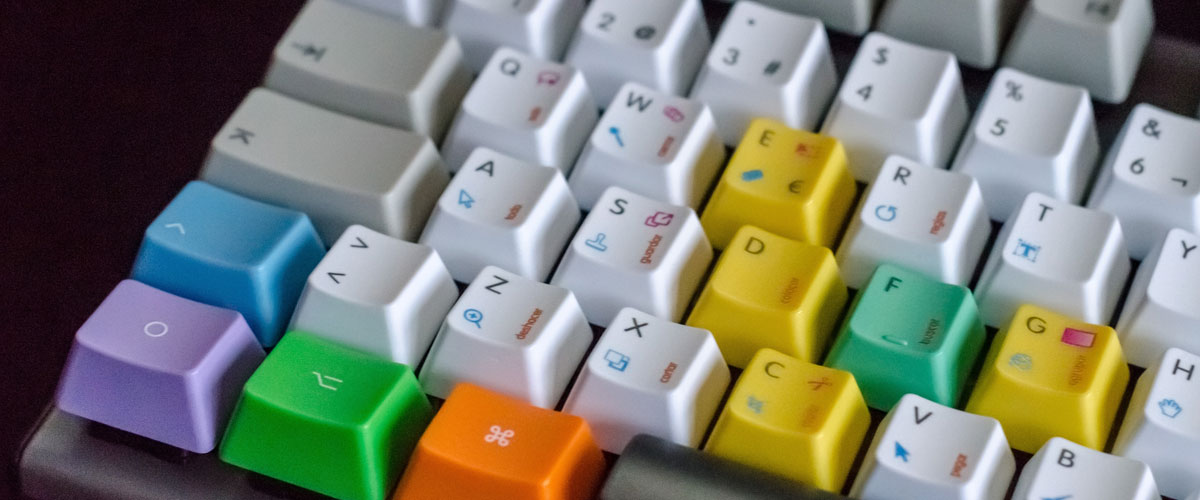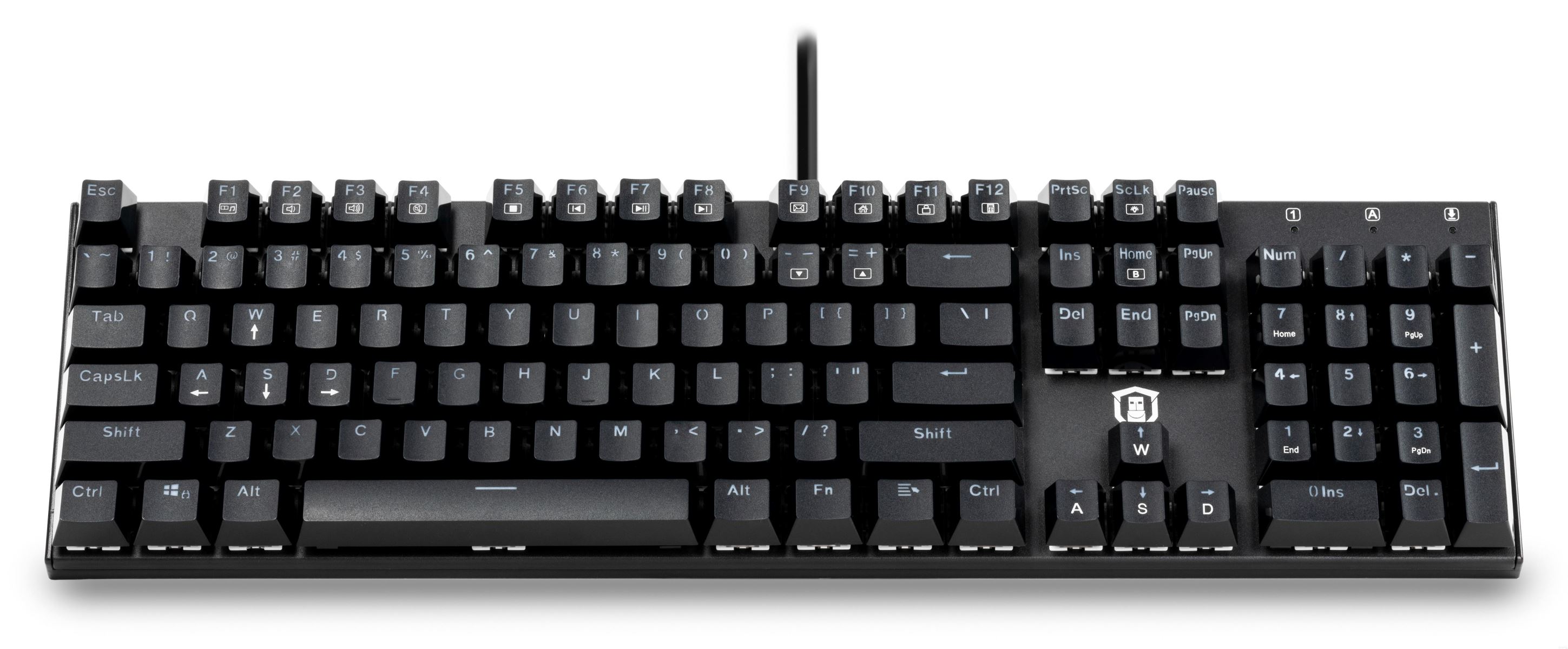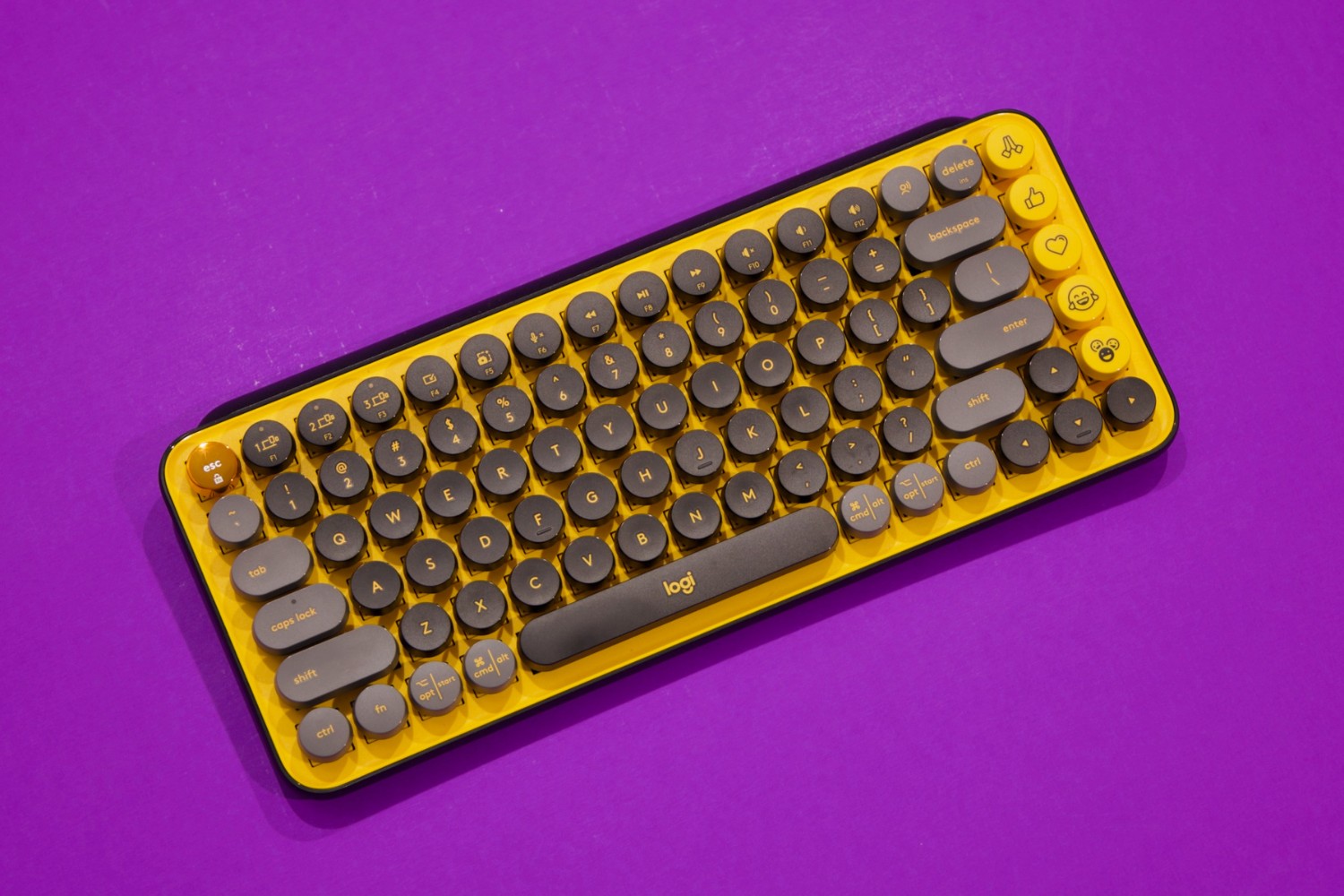Introduction
Welcome to the world of mechanical keyboards! Whether you're a seasoned enthusiast or a newcomer to the realm of high-performance typing, understanding the keyboard at your fingertips can significantly enhance your overall computing experience. Mechanical keyboards are renowned for their tactile feedback, durability, and customizable features, making them a popular choice for professionals, gamers, and casual users alike.
In this guide, we will delve into the intricacies of mechanical keyboards, helping you identify the specific type you own or are considering purchasing. By the end of this article, you'll have a clearer understanding of the various mechanical keyboard types available and how to distinguish between them.
So, if you've ever found yourself asking, "What mechanical keyboard do I have?" or "How do I differentiate between mechanical keyboard types?" you've come to the right place. Let's embark on this enlightening journey to unravel the mysteries of mechanical keyboards and discover the unique characteristics that set them apart. Whether you're a tactile-typing aficionado or simply seeking to elevate your typing experience, this guide will equip you with the knowledge to make informed decisions and appreciate the marvels of mechanical keyboards.
Join us as we explore the fascinating world of mechanical keyboards, where every keystroke resonates with precision and every switch tells a story of craftsmanship and innovation. Let's unravel the secrets behind your mechanical keyboard and uncover the nuances that make it a cherished companion in your digital endeavors.
Understanding Mechanical Keyboards
Before delving into the specifics of identifying your mechanical keyboard, it’s essential to understand the fundamental characteristics that differentiate mechanical keyboards from their membrane counterparts. Unlike traditional membrane keyboards, which utilize rubber domes beneath the keys to register keystrokes, mechanical keyboards employ individual mechanical switches for each key. This distinctive feature contributes to the tactile feedback, durability, and customizability that are hallmarks of mechanical keyboards.
One of the defining attributes of mechanical keyboards is their tactile and audible feedback. Each keystroke is accompanied by a satisfying click or tactile bump, providing typists with a distinct sensation that enhances the typing experience. This tactile feedback is a result of the intricate mechanisms within the mechanical switches, which vary depending on the switch type.
Furthermore, the durability of mechanical keyboards sets them apart from their membrane counterparts. Mechanical switches are designed to withstand tens of millions of keystrokes, ensuring longevity and reliability for the user. This durability is particularly beneficial for individuals who spend extended periods typing or require a resilient keyboard for gaming or professional use.
Customizability is another key feature of mechanical keyboards. Enthusiasts and users seeking a personalized typing experience can choose from a variety of switch types, each offering unique actuation forces, tactile feedback, and acoustic profiles. Additionally, mechanical keyboards often feature hot-swappable switches, allowing users to tailor their typing experience without replacing the entire keyboard.
By understanding these fundamental characteristics, you’ll gain insight into the distinct advantages that mechanical keyboards offer. From the tactile and audible feedback to the exceptional durability and customizability, mechanical keyboards embody a level of craftsmanship and performance that elevates the typing experience.
Identifying Your Mechanical Keyboard
Identifying the specific type of mechanical keyboard at your disposal is crucial for understanding its unique features and characteristics. Whether you’ve inherited a mechanical keyboard, purchased one secondhand, or simply forgotten the details of your own, there are several methods to determine its type and model.
Begin by examining the physical attributes of the keyboard. Look for any branding, model numbers, or logos on the front, back, or underside of the keyboard. These identifiers can provide valuable information about the manufacturer and model, allowing you to conduct further research to ascertain the specific type of mechanical switches and other features.
If the keyboard lacks visible branding or model information, consider consulting the original packaging or documentation, if available. Manufacturers often include detailed specifications and model information on product packaging, user manuals, or warranty documents. Additionally, online resources provided by the manufacturer may offer insights into the keyboard’s unique features and switch type.
Another method of identifying your mechanical keyboard involves examining the key switches themselves. Different mechanical switch types, such as Cherry MX, Gateron, or Kailh, exhibit distinct characteristics in terms of actuation force, tactile feedback, and audible sound. By observing the appearance and behavior of the switches, you can narrow down the potential switch type and subsequently identify the keyboard model.
Furthermore, online forums, community websites, and enthusiast groups dedicated to mechanical keyboards can be valuable resources for identifying and learning more about your keyboard. Engaging with fellow enthusiasts and seeking advice from experienced users can provide valuable insights and guidance in determining the specific type and model of your mechanical keyboard.
By employing these methods and leveraging available resources, you can effectively identify your mechanical keyboard and gain a deeper understanding of its unique attributes. Whether it’s through physical examination, documentation review, or community engagement, the process of identification can unveil the intricacies of your mechanical keyboard and enrich your overall typing experience.
Different Types of Mechanical Keyboards
Mechanical keyboards offer a diverse range of switch types, form factors, and features, catering to the varied preferences and requirements of users. Understanding the different types of mechanical keyboards can empower you to make informed decisions when selecting a keyboard that aligns with your specific needs and preferences.
Switch Types: Mechanical keyboards are available with a multitude of switch types, each offering distinct characteristics. Common switch types include Cherry MX, Gateron, Kailh, and more. These switches vary in actuation force, tactile feedback, and audible sound, allowing users to customize their typing experience based on personal preferences.
Form Factors: Mechanical keyboards are available in different form factors, including full-size, tenkeyless (TKL), compact, and ergonomic designs. Full-size keyboards feature a standard layout with a numeric keypad, while TKL keyboards omit the numeric keypad for a more compact footprint. Compact and ergonomic designs cater to specific user preferences, offering portability and ergonomic benefits.
Backlighting and Customization: Many mechanical keyboards feature customizable backlighting, allowing users to adjust the color, brightness, and effects of the keyboard’s lighting. Additionally, some keyboards offer programmable keys, macro functionality, and software customization, enabling users to tailor the keyboard to their specific usage scenarios, whether for gaming, productivity, or creative tasks.
Wireless and Wired Connectivity: Mechanical keyboards are available in both wireless and wired configurations, providing users with the flexibility to choose the connectivity option that best suits their setup and preferences. Wireless keyboards offer the convenience of cable-free operation, while wired keyboards ensure a reliable and responsive connection for uninterrupted use.
Specialized Features: Certain mechanical keyboards are designed with specialized features such as hot-swappable switches, adjustable actuation points, and dedicated media controls. These features cater to enthusiasts and professionals seeking enhanced customization and functionality in their keyboards, allowing for a tailored and optimized typing experience.
By familiarizing yourself with the different types of mechanical keyboards and their unique attributes, you can make informed decisions when selecting a keyboard that complements your typing style, preferences, and usage scenarios. Whether you prioritize switch customization, form factor versatility, or specialized features, the diverse landscape of mechanical keyboards offers options to suit a wide range of user needs.
Conclusion
Embarking on the journey to understand and identify your mechanical keyboard has unveiled a world of intricate craftsmanship, personalized experiences, and unparalleled performance. From the tactile feedback of mechanical switches to the diverse array of form factors and features, mechanical keyboards offer a rich tapestry of options for users seeking a superior typing experience.
By gaining insight into the fundamental characteristics of mechanical keyboards, including their tactile feedback, durability, and customizability, you’ve discovered the unique advantages that set them apart from traditional membrane keyboards. The distinct tactile and audible feedback, coupled with exceptional durability and customizability, elevate the typing experience and cater to a wide range of user preferences and requirements.
Identifying your mechanical keyboard, whether through physical examination, documentation review, or community engagement, has empowered you to unravel the nuances of your keyboard’s unique attributes. From branding and model information to switch types and form factors, the process of identification has provided valuable insights into the keyboard at your fingertips.
Exploring the different types of mechanical keyboards, encompassing switch types, form factors, backlighting, connectivity options, and specialized features, has illuminated the diverse landscape of options available to users. Whether you prioritize switch customization, portability, or specialized functionality, the world of mechanical keyboards offers a keyboard to suit your individual needs and preferences.
As you continue your journey with your mechanical keyboard, whether for professional endeavors, gaming pursuits, or creative endeavors, the knowledge gained from this exploration will serve as a valuable compass, guiding you toward an optimized and personalized typing experience. The tactile keystrokes, customizable features, and durability of your mechanical keyboard will continue to enrich your digital interactions and elevate your computing endeavors.
Embrace the marvels of mechanical keyboards, where every keystroke resonates with precision, every switch tells a story of craftsmanship, and every interaction embodies the synergy of technology and human experience. Your mechanical keyboard is not merely a tool; it is a companion in your digital odyssey, enhancing your productivity, creativity, and enjoyment with every press of a key.







